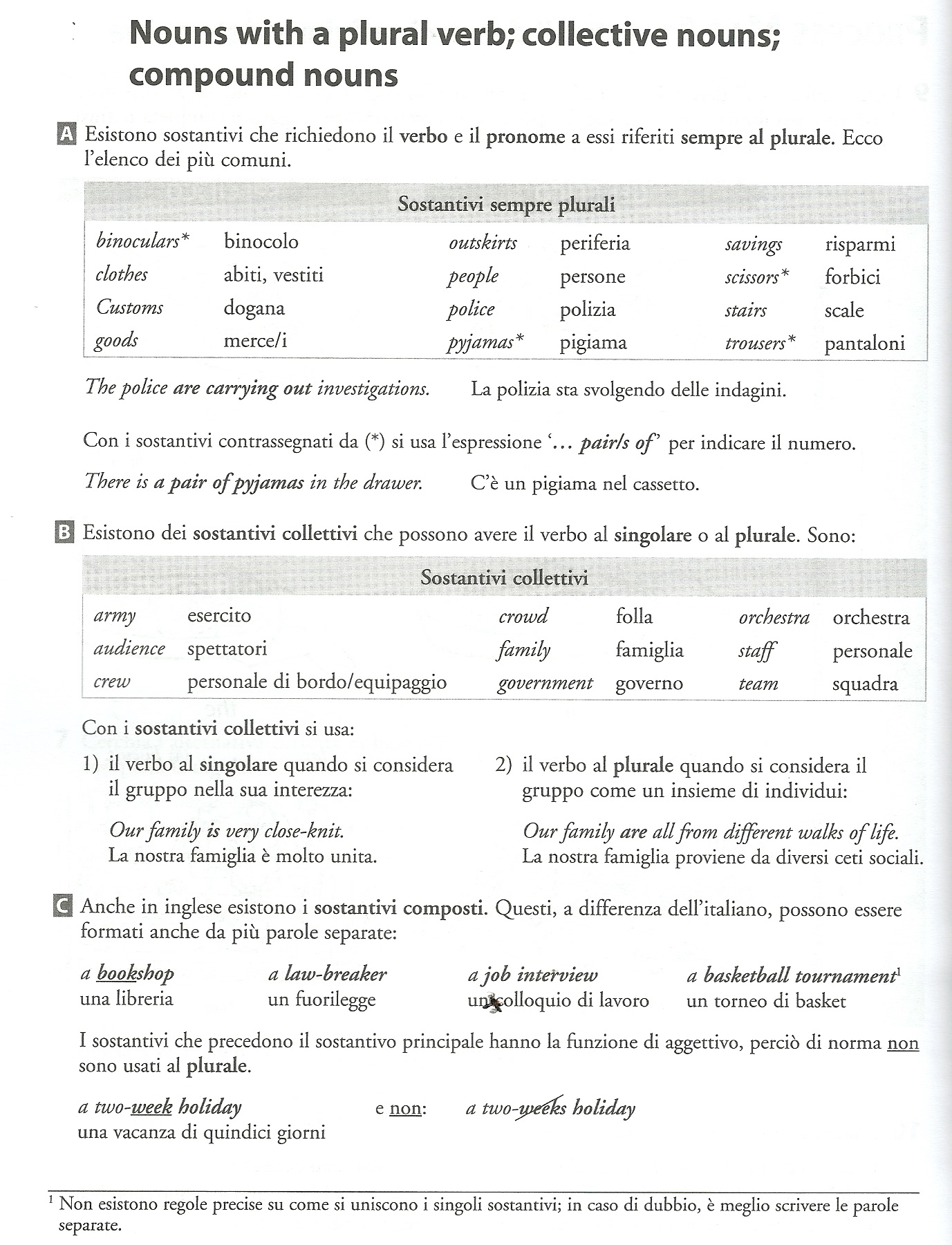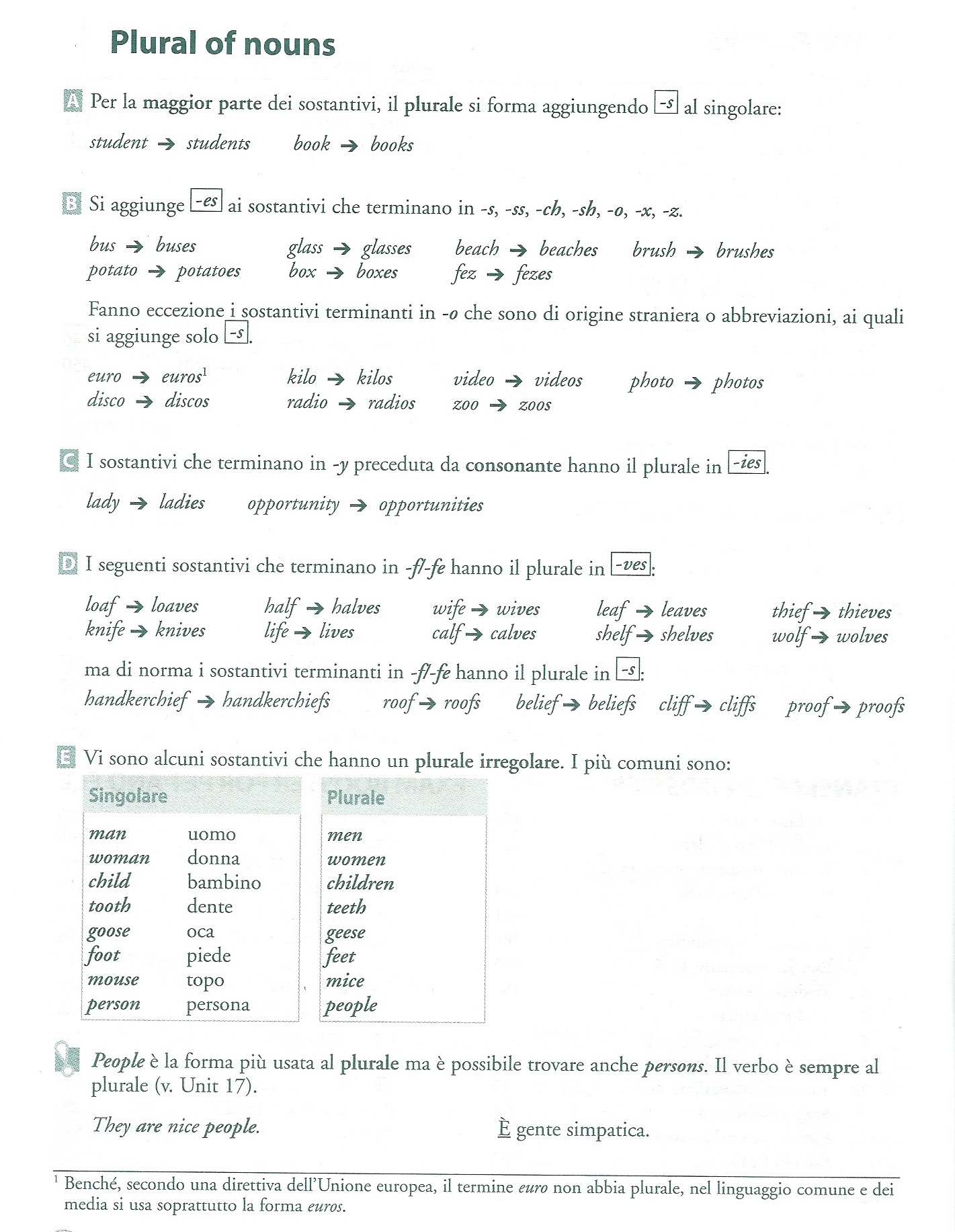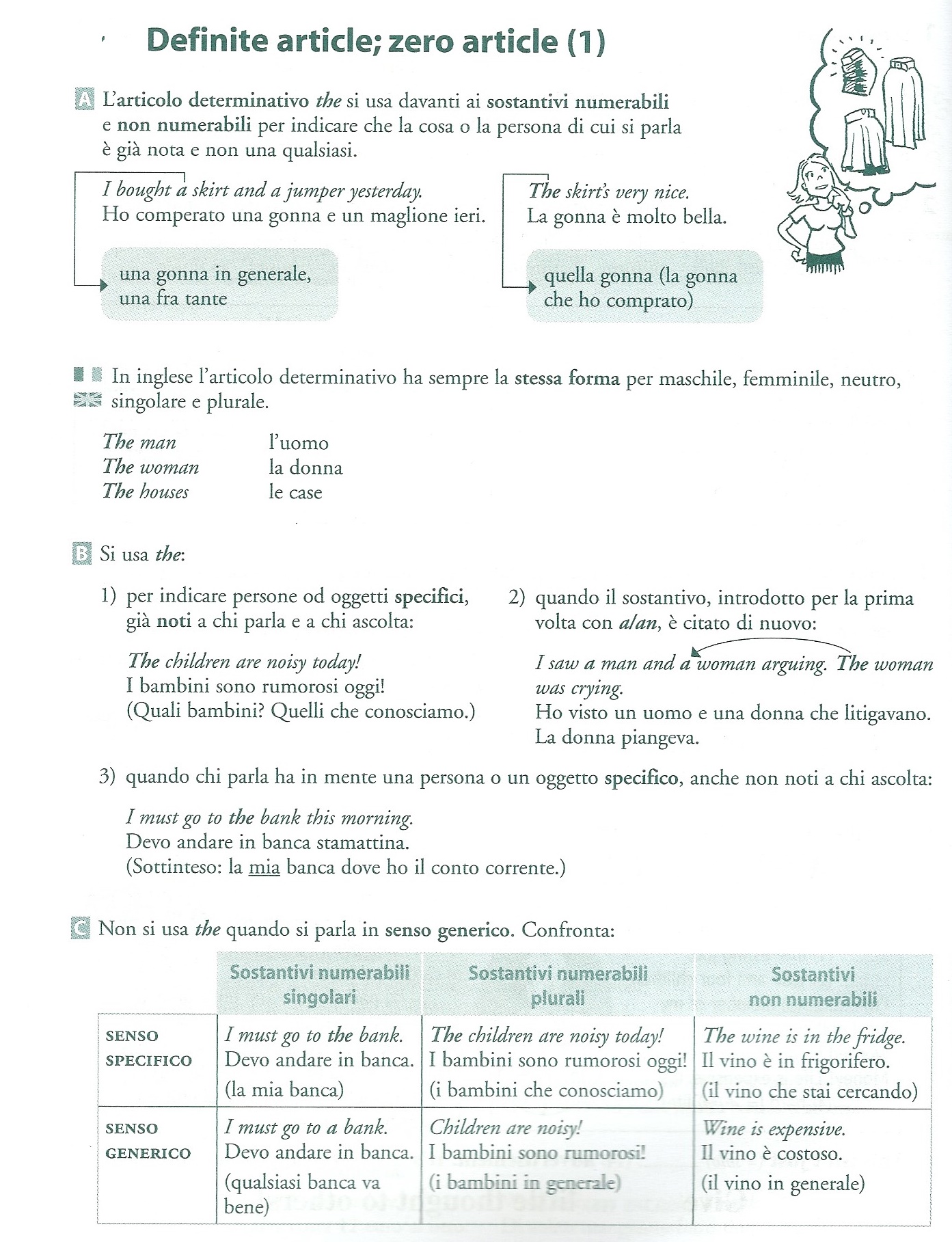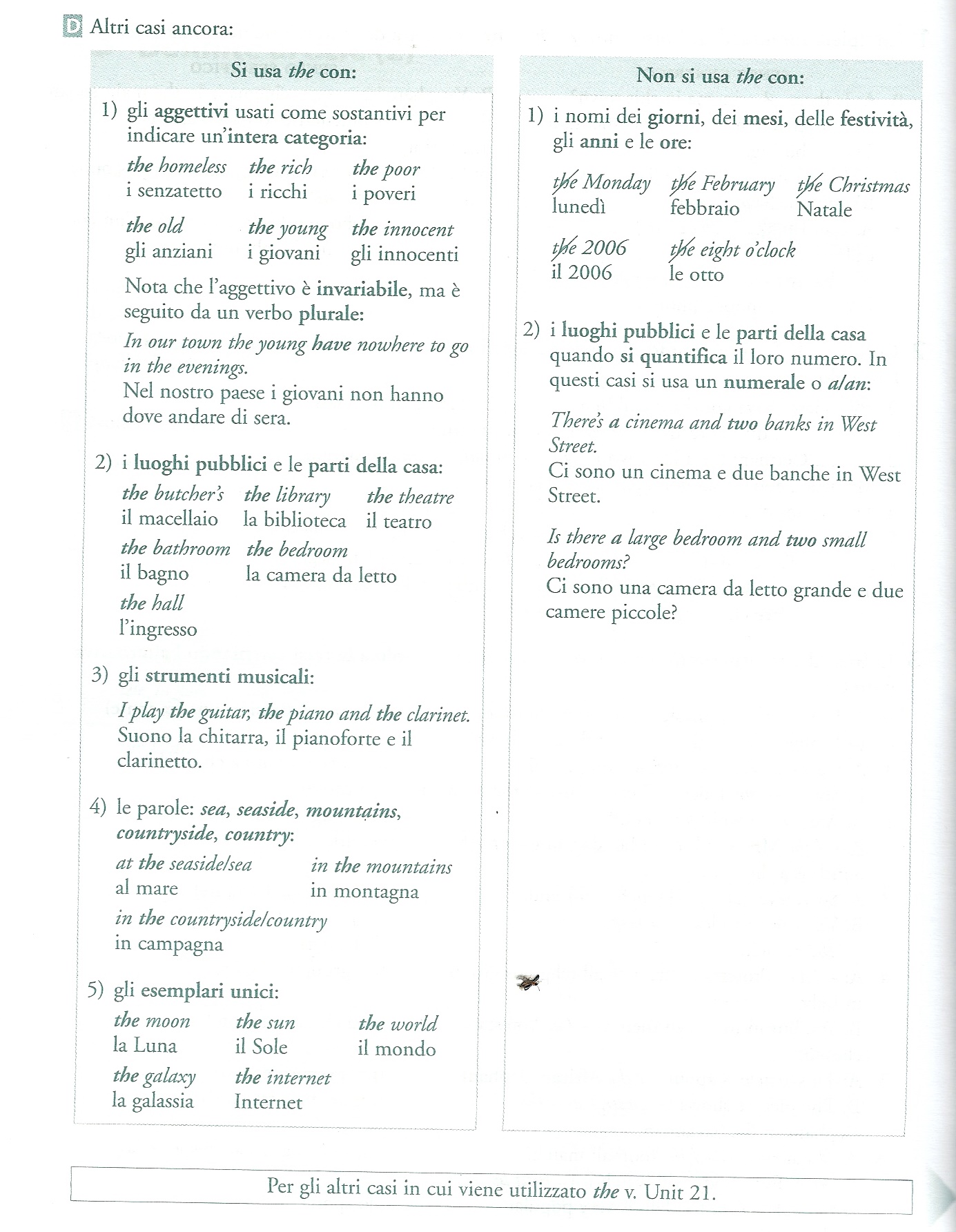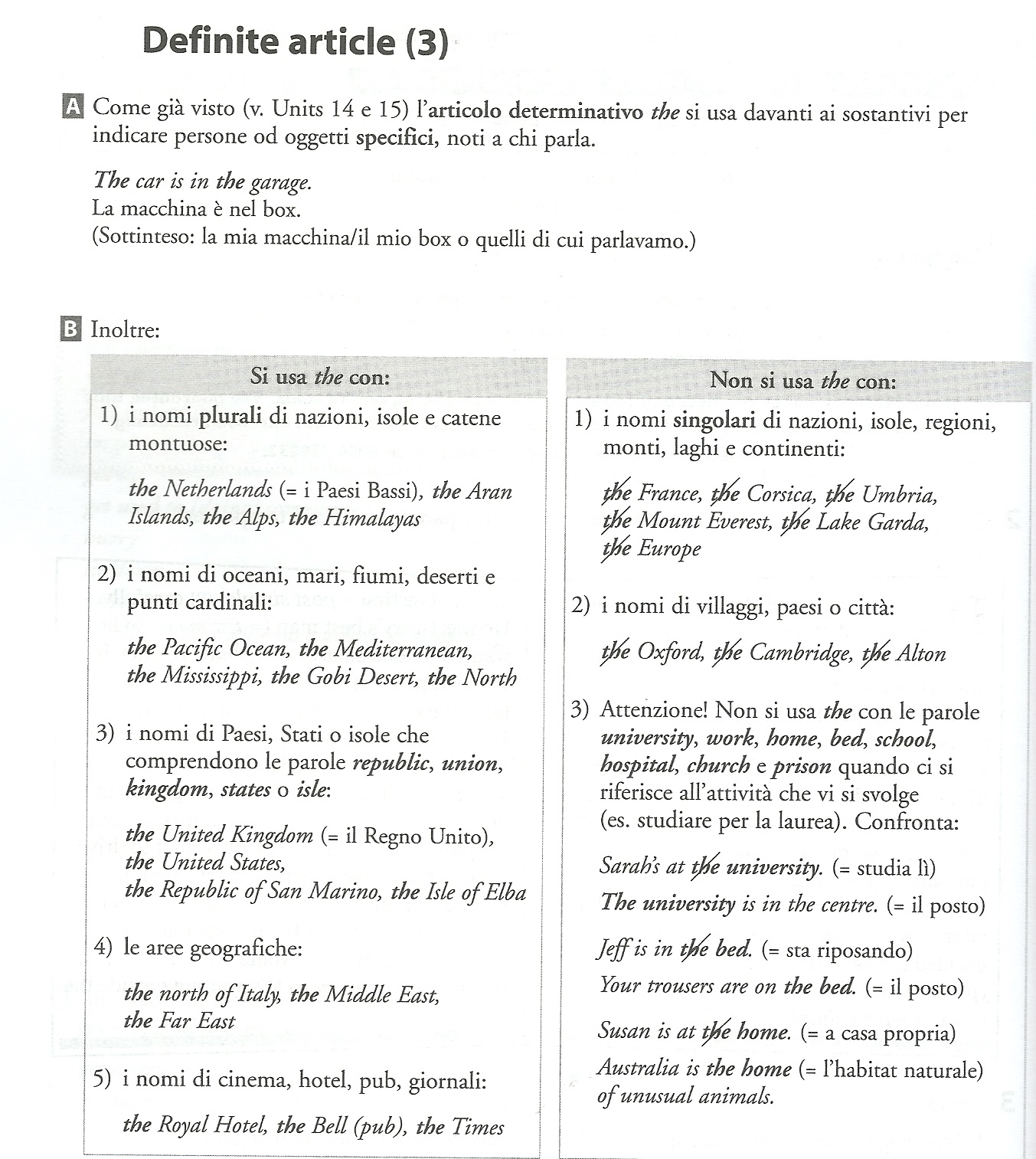
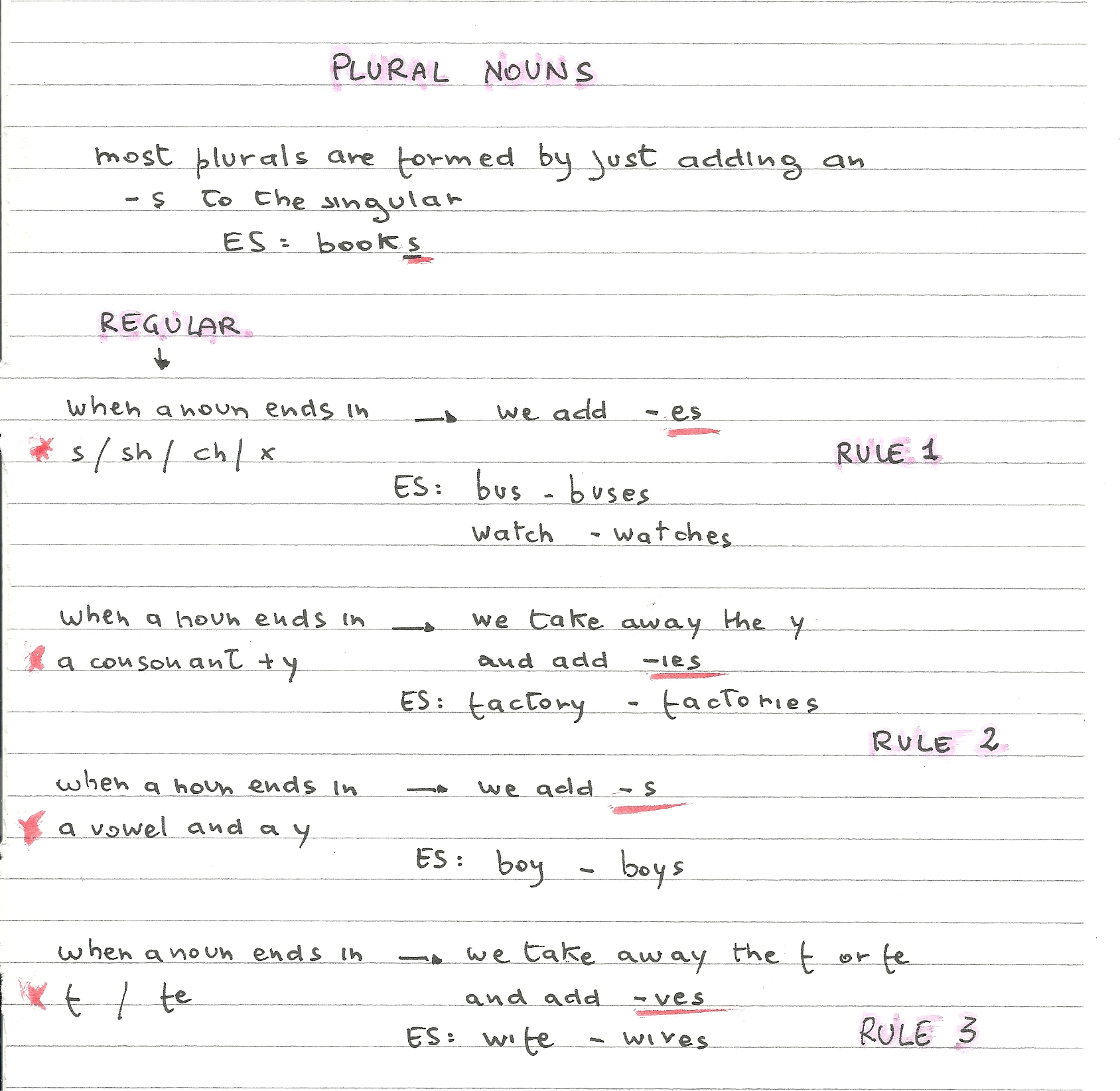
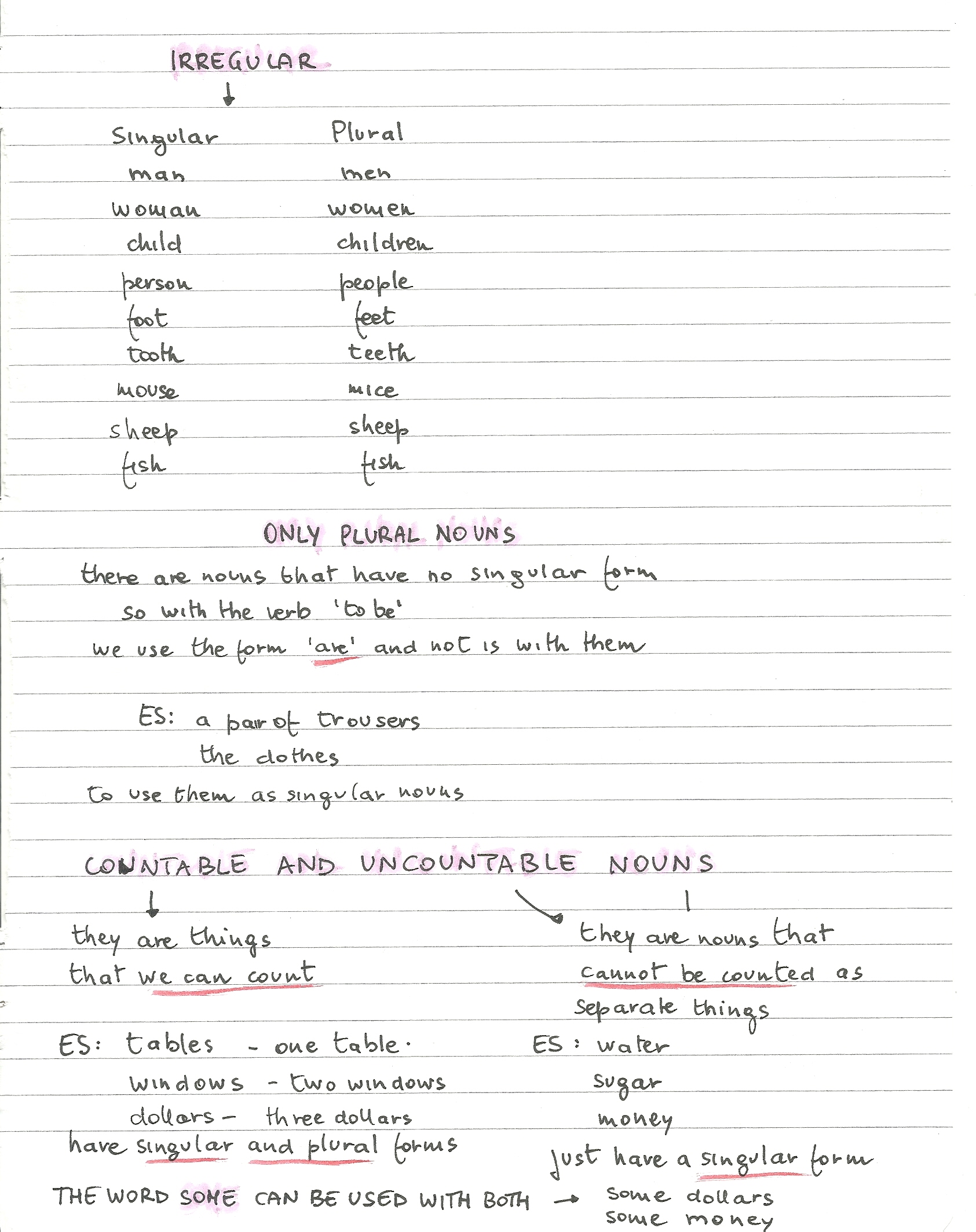 Today we’re going to look at a very important aspect of English grammar: articles.
Today we’re going to look at a very important aspect of English grammar: articles.
We have two types of articles in English: the definite article “the” and the indefinite articles “a” and “an”.
L’inglese presenta due tipi di articoli: l’articolo definito “the” e quelli indefiniti “a” e “an”.
By using the definite article “the”, we assume that the listener understands or knows what or whom we are referring to when speaking. It also refers to specific nouns.
Usare l’articolo definito “the” implica che l’interlocutore capisca o sappia già a chi o cosa ci stiamo riferendo. Allude anche a sostantivi specifici.
The boy next door is good at football. (We presume that the listener knows there is a boy living next door)
Il ragazzo di fianco a casa nostra è bravo a giocare a calcio. (Supponiamo che l’interlocutore sappia già che c’è un ragazzo che vive nella casa di fianco)
The moon is so beautiful. (There is only one moon)
La luna è così bella. (Di luna ce n’è una sola!)
The French president is in Australia at the moment. (There is only one president per country)
Ora il presidente francese si trova in Australia. (C’è un solo presidente per paese)
“The” is also used for:
* Countries which are formed of states or other divisions or with words like “kingdom” or “republic” and groups of islands, for example, the Netherlands, the United Kingdom, the United States, the Republic of South Africa and the Bahamas
* Famous landmarks (luoghi emblematici), for example, the Statue of Liberty and the Eiffel Tower.
* Geographical features (elementi geografici) such as rivers, seas and mountain ranges (catene montuose), for example, the (river) Thames, the Mediterranean (sea) and the Alps.
We use “a” before a word that starts with a consonant. We use it when we don’t specify the things or people we are talking about.
Usiamo “a” per le parole che iniziano per consonante. Si usa quando non vengono specificate le cose o persone di cui si parla.
Here are some examples:
My brother wants to buy a car.
Mio fratello vuole comprare una macchina.
A friend of mine called this morning.
Questa mattina mi ha chiamato un mio amico.
After lunch we went to watch a movie.
Dopo pranzo siamo andati a guardare un film.
We use “an” before a word that starts with a vowel (una vocale).
She is an accountant.
Lei è una contabile.
I’m hungry. Can I have an orange please?
Ho fame. Posso mangiare un’arancia?
James needs to buy an umbrella. It has rained a lot recently.
James ha bisogno di comprare un ombrello. Ultimamente ha piovuto molto.
Note that when referring to general things, we don’t put an article, for example,
I love chocolate. (NOT “the chocolate”)
Adoro il cioccolato.
His favourite music is classical music. (NOT “the classical music”)
Il suo genere di musica preferito è la classica.
